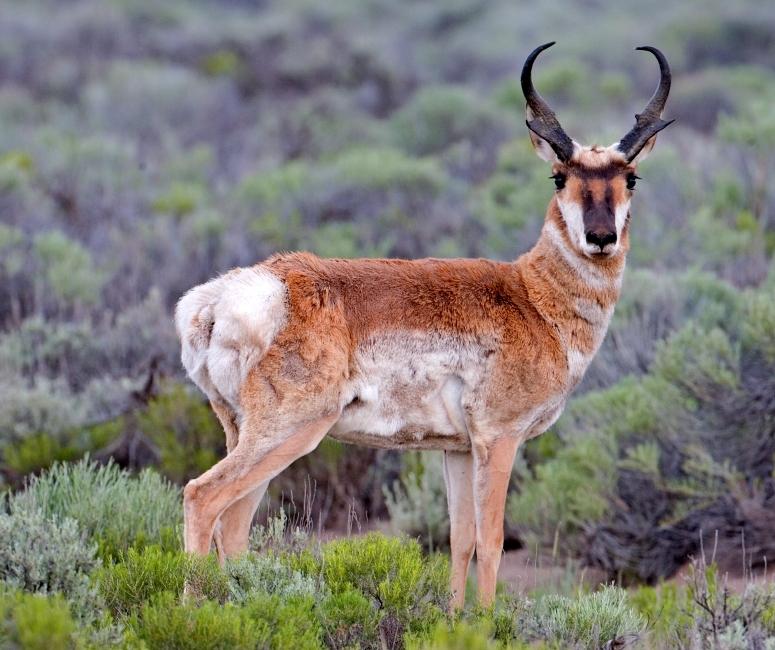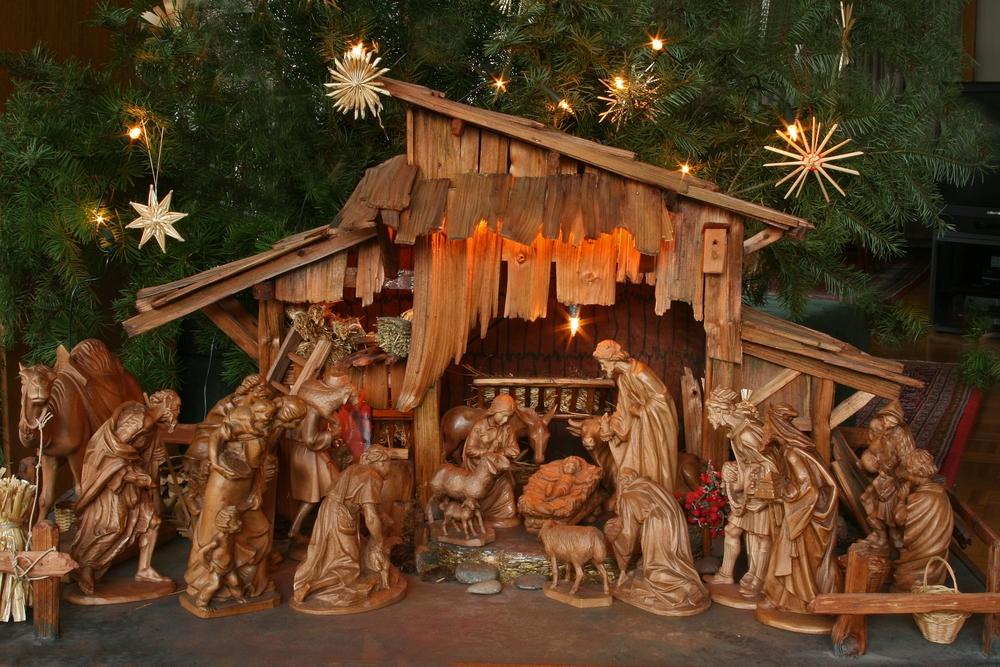I live in Virginia, which is home to the white-tailed deer. I’m pretty familiar with them as they frequent our suburban neighborhood and I’ll often see them nibbling on our apple branches or prancing across the front yard. There have been times when they don’t even move as the car pulls into the driveway and they’ve bedded down on the grassy bank nearby. We’re neighbors and coexist harmoniously.
The subject of this book, another fleet footed mammal, I now know more about and am amazed.






